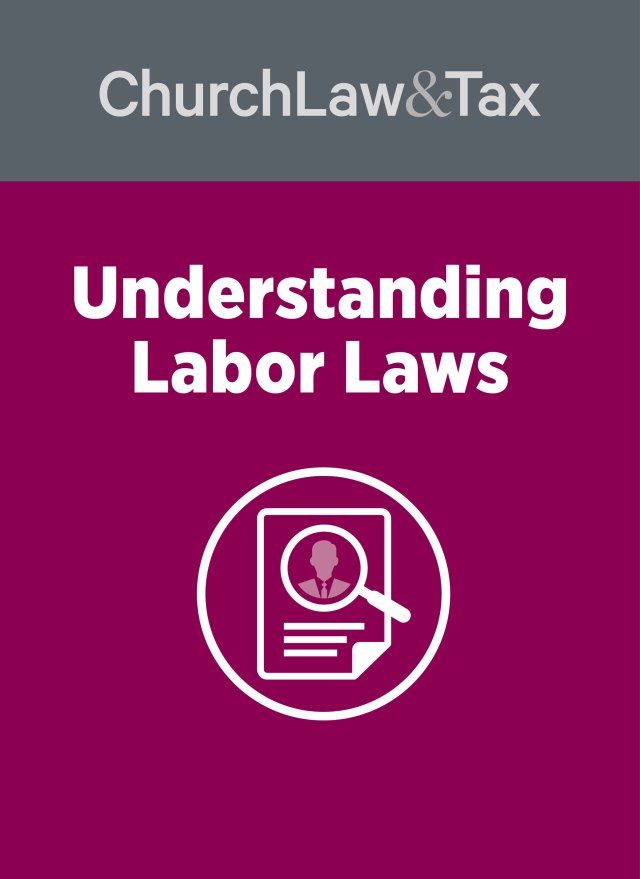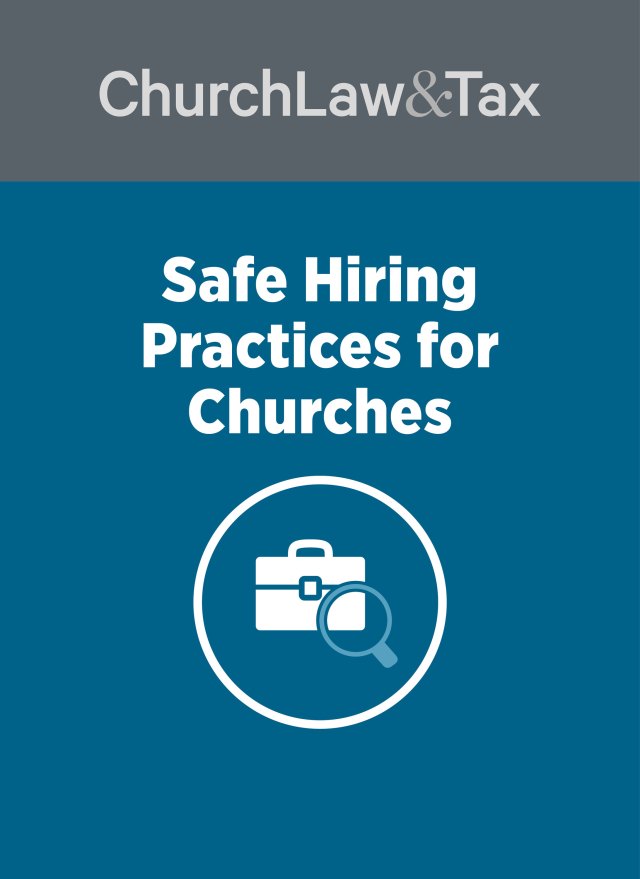• Key point 8-23. A reference letter is a letter that evaluates the qualifications and suitability of a person for a particular position. Churches, like other employers, often use reference letters to screen new employees and volunteers. Churches often are asked to provide reference letters on current or former workers. The law generally provides employers with important protections when responding to a reference letter request. However, liability may still arise in some cases, such as if the employer acts with malice in drafting a reference letter.
* The Indiana Supreme Court ruled that employers can be liable for intentionally communicating false information in employee reference letters, but not for negligently communicating such information. Ken was employed by a nursing home (“Employer A”) as a maintenance supervisor. He was accused on numerous occasions of assaulting residents who were Alzheimer’s patients. While these were not formal complaints, Ken’s supervisor investigated them but was unable to verify them. She did inform the facility’s administrator, but no written report was ever issued. Ken wanted a higher paying job, and applied to another nursing home (“Employer B”) for a position as maintenance supervisor. Employer B sent Employer A a pre-printed reference form. Employer A’s administrator filled out the form by indicating that Ken would be “eligible for re-hire” and checking boxes indicating that he had generally performed his job adequately. The administrator later stated that she never heard accusations that Ken was ever sexually involved with a resident while he was employed.
Ken was hired by Employer B, partly because of the reference letter from Employer A. He was later terminated for having sexual relations with a mentally infirm resident. After Ken’s termination, Employer B was sued by the son of an elderly female resident with Alzheimer’s disease who claimed that his mother had been sexually assaulted by Ken. The lawsuit also named Employer A, claiming that its positive reference letter amounted to “negligent misrepresentation” making it liable for Ken’s subsequent misconduct. A trial court dismissed the case, and the son appealed.
intentional misrepresentation
The state supreme court concluded that “we can think of no reason why one who knowingly supplies false information in response to an employment inquiry should not be liable for physical injury that flows thereafter.” It noted that section 310 of the Restatement of Torts (a respected legal treatise) defines this liability as follows:
An actor who makes a misrepresentation is subject to liability to another for physical harm which results from an act done by the other or a third person in reliance upon the truth of the representation, if the actor (a) intends his statement to induce or should realize that it is likely to induce action by the other, or a third person, which involves an unreasonable risk of physical harm to the other, and (b) knows (i) that the statement is false, or (ii) that he has not the knowledge which he professes.
The court restated the principles of section 310 as follows:
Although policy considerations dictate that ordinarily a recommending employer should not be held accountable to third persons for failing to disclose negative information regarding a former employee, nonetheless liability may be imposed if, as alleged here, the recommendation letter amounts to an affirmative misrepresentation presenting a foreseeable and substantial risk of physical harm to a third person.
While the court endorsed the principles of section 310, it concluded that they did not apply in this case since there was no evidence that Employer A “had any substantial information indicating that Ken had committed sexual misconduct with residents [at that facility] when the administrator completed a standard preprinted reference form. [Ken’s supervisor] had been unable to substantiate what she had heard about Ken. This may have constituted negligence, but it was not the stuff of knowing misrepresentation. Even adopting as we do the rule of section 310, [dismissal of the case against Employer A] on this point was warranted.”
negligent misrepresentation
Few employers intentionally include misrepresentations in reference letters. Can they be liable for negligent misrepresentations made in reference letters? This type of liability is contemplated by section 311 of the Restatement of Torts, which provides,
An entity may be liable for negligent misrepresentation when one negligently gives false information to another. That entity is subject to liability for physical harm caused by: (1) Action taken by the other in reasonable reliance upon such information, where such harm results (a) to the other, or (b) to such third persons as the actor should expect to be put in peril by the action taken. (2) Such negligence may consist of failure to exercise reasonable care (a) in ascertaining the accuracy of the information, or (b) in the manner in which it is communicated.
The court acknowledged that “Imposing liability for negligence in supplying employment recommendations poses rather more complex competing policies” than imposing liability for intentional misrepresentations.” It continued, “We think it rather obvious that declaring employers liable for negligence in providing employment references will lead universally to employer reluctance to provide any information other than name, rank, and serial number. Only those employers dull-witted enough to issue free-wheeling assessments without calling their lawyers would supply any but the most rudimentary information. A legal policy that discourages providing assessments to subsequent employers will not make for safer nursing homes, or other safe workplaces, for that matter. We therefore decline to adopt section 311 as it applies to employment references.”
Application. This case demonstrates that employers may be liable for information shared in a reference letter. However, it drew an important distinction between intentional and negligent misrepresentations, and concluded that public policy prohibited employers from being liable on the basis of negligent misrepresentations for information communicated in a reference letter on a former employee. On the other hand, intentional misrepresentations may lead to liability, if they conceal a dangerous propensity that leads to injury. While Indiana rejected employer liability for negligent misrepresentation, it is important to note that this form of liability is explicitly recognized in the Restatement of Torts and may be adopted by other courts. Passmore v. Multi-Management Services, Inc., 810 N.E.2d 1022 (Ind. 2003).
© Copyright 2004 by Church Law & Tax Report. All rights reserved. This publication is designed to provide accurate and authoritative information in regard to the subject matter covered. It is provided with the understanding that the publisher is not engaged in rendering legal, accounting, or other professional service. If legal advice or other expert assistance is required, the services of a competent professional person should be sought. Church Law & Tax Report, PO Box 1098, Matthews, NC 28106. Reference Code: m43 c0504




